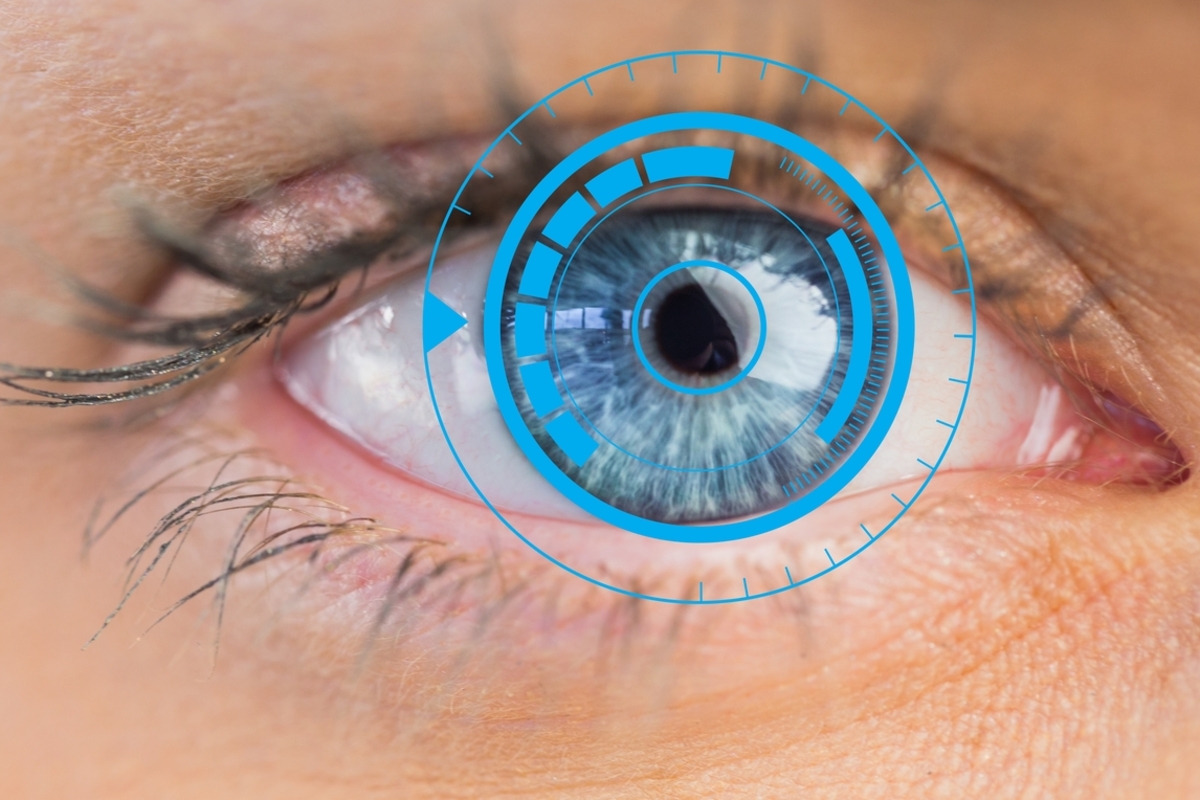Addiction is a chronic disease, often marked by periods of remission and relapse — much like physical conditions like asthma. Because addiction changes the way your brain responds to pleasure and reward, it's very hard to break free on your own. Thankfully, science has come a long way in recent decades, and better understanding of the way addiction affects the brain has led to improved treatments. Medications and talk therapy both often play a big role, but other, novel and less traditional treatments, are also showing promise. EMDR is one of these.

What is EMDR?
Eye-movement desensitization and reprocessing (EMDR), which was first introduced in the late 1980s, is a novel kind of psychotherapy that is, frankly, a little hard to comprehend. Unlike other psychotherapies, it's not primarily talk-based. Instead, a therapist waves their hand in front of your eyes in a bid to allow your brain to start processing old memories and alter your feelings about them. Focusing around the idea that healing the body and brain can heal the mind, it was first designed for trauma victims, and is said to improve people's mental health much sooner than talk therapy.
In practice, here's roughly what you can expect from EDMR:
- An intake, in which you talk about yourself and what issues you are hoping to target in therapy. One of the features of EMDR is that you can say as little as you like. Some people, who find the thought of sharing their deepest thoughts and darkest experiences in more traditional, psychoanalytic or cognitive behavioral therapy hard will find this aspect of EMDR to be especially appealing.
- Preparation, which focuses on coping strategies you have already developed, such as breathing exercises. This is important, because you will be using these coping strategies while you go through therapy as well.
- Therapy. While you hold certain events in your mind, focusing on past, present, and future at different times, you track the therapist's hand with your eyes. This is thought to help your brain process memories and diminish the hold a traumatic event has over you. Sessions generally last up to 90 minutes.
If a therapy in which someone waves their hands around in front of your eyes in a systematic manner sounds a bit weird to you, you're not alone. When EMDR was first introduced to the scientific world, some were quick to dismiss the technique as complete nonsense.
Can it also play a role in addiction treatment?
EMDR and addiction: What do you need to know?
Eye-movement desensitization and reprocessing may be a helpful part of addiction recovery for some people, while others may find it completely useless — research on the matter has led to contradictory results, and more traditional psychotherapies that are conversation- and experience-based are both backed by more solid evidence when it comes to addiction treatment.
If EMDR does help you, it's because it aims to reprogram your memories of your behavioral addiction or substance abuse. That is, addicts will have memories of addiction-related behaviors, the "high" their particular addiction gave them, and the cravings they get when they attempt to abstain. These behaviors solidify over time, and abstinent addicts need to break the cycle to be successful in their remission. EDMR can, if it works, reprogram those memories and your brain's reaction to them.
Addiction is a chronic brain disorder that changes the parts of your brain related to reward and pleasure — and EMDR just may be able to help you "reset your mind", as it were. Research has shown that EMDR therapy can, concretely, help newly sober addicts reduce the debilitating cravings they experience. Because cravings can easily lure recovering addicts into relapse, this is important.
If you are interested in trying EMDR therapy, you can ask your doctor or the team involved in your rehab whether it is available locally. Should you decide to give it a shot, you're likely to find out if it helps you very soon after starting.
- Photo courtesy of SteadyHealth


Your thoughts on this